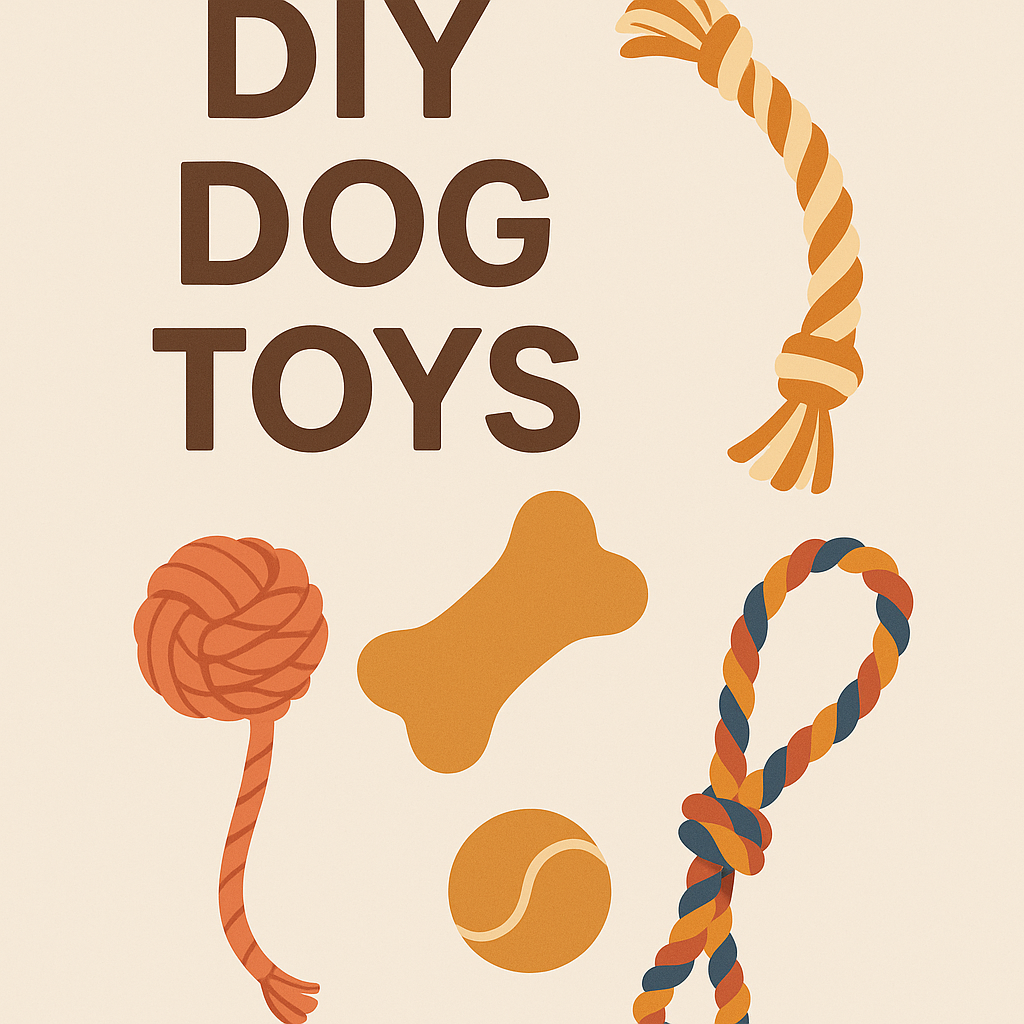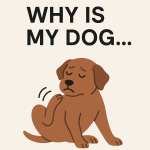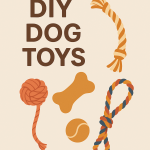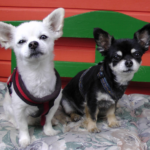DIY Dog Toys: A Comprehensive Guide to Crafting Engaging and Safe Toys for Your Canine Companion
Dogs are not just pets; they are family members that bring joy, companionship, and love into our lives. Just like humans, dogs need stimulation, both physical and mental, to stay happy and healthy. One of the best ways to provide this stimulation is through play. However, buying toys can quickly become expensive, and many commercial toys may not meet your dog’s specific needs or safety requirements. This is where DIY dog toys come into play. In this article, we’ll explore the benefits of DIY dog toys, provide detailed instructions for creating a variety of toys, and discuss safety considerations to keep your furry friend safe while having fun.
Benefits of DIY Dog Toys
1. Cost-Effective
Creating your own dog toys from household items can significantly reduce costs. Many materials you use can be repurposed from items you already have at home.
2. Customization
DIY dog toys allow for customization according to your dog’s size, breed, and play preferences. For instance, a small dog may prefer softer toys, while a larger dog may require something more durable.
3. Environmental Benefits
Making toys from recycled materials helps reduce waste and is an eco-friendly choice. This approach promotes sustainability and encourages responsible pet ownership.
4. Bonding Time
Crafting toys for your dog can be a fun activity that strengthens your bond. Involving your dog in the process can also be enjoyable.
5. Variety
DIY toys can be made in various shapes, sizes, and textures, keeping your dog engaged and preventing boredom.
Materials for DIY Dog Toys
Before we dive into specific projects, let’s explore some common materials you can use to create your own dog toys:
- Old T-Shirts or Towels: Soft and durable, these can be braided or knotted.
- Socks: A single sock can be transformed into a tug toy or stuffed with other materials.
- Cardboard: Boxes and tubes can be recycled into toys for chewing or hiding treats.
- Plastic Bottles: Empty water or soda bottles can create noise and are great for chewing.
- Fleece: A soft fabric perfect for making plush toys or tug ropes.
- Wood: Untreated wood can be used to make chew toys for larger dogs.
- Rubber Balls: Old tennis balls can be used in various toys, while durable rubber can be repurposed.
DIY Dog Toy Projects
1. Braided T-Shirt Toy
Materials Needed:
- 2-3 old T-shirts
Instructions:
- Cut the T-Shirts: Cut the T-shirts into long strips, approximately 1-2 inches wide.
- Gather the Strips: Take 3 strips and tie them together at one end with a knot.
- Braid the Strips: Braid the strips together tightly, ensuring that the braid remains even.
- Secure the End: Once you reach the desired length, tie a knot at the end to secure the braid.
- Trim Excess Fabric: If necessary, trim any uneven sections for a cleaner look.
2. Sock and Ball Toy
Materials Needed:
- 1 old sock
- 1 tennis ball (or similar)
Instructions:
- Insert the Ball: Place the tennis ball inside the sock.
- Tie the Sock: Gather the open end of the sock and tie it securely in a knot to keep the ball inside.
- Optional Decoration: You can add a second sock or other fabric strips to create a tail for added fun.
3. Cardboard Puzzle Toy
Materials Needed:
- Cardboard box
- Treats or kibble
Instructions:
- Prepare the Box: Take a small cardboard box and cut holes in the sides, large enough for your dog to reach in but small enough to keep the treats from falling out easily.
- Fill with Treats: Put some treats or kibble inside the box.
- Seal the Box: Close the box and watch your dog figure out how to get the treats out.
4. Fleece Tug Toy
Materials Needed:
- 2-3 strips of fleece fabric (about 1 inch wide and 12-16 inches long)
Instructions:
- Cut the Fleece: Cut the fleece into strips.
- Tie Together: Knot the strips together at one end.
- Braid the Strips: Braid the strips tightly, ensuring they are secured.
- Knot the Other End: Tie off the braid with a firm knot.
5. Plastic Bottle Crunch Toy
Materials Needed:
- 1 empty plastic bottle (ensure it is clean and free of labels)
- Old sock or fabric (optional)
Instructions:
- Remove the Cap: Take the cap off the plastic bottle to avoid choking hazards.
- Wrap the Bottle: For a softer chew, place the bottle inside an old sock or wrap it in fabric.
- Secure the Ends: Tie off the ends of the sock or fabric to keep the bottle inside.
- Supervise Play: Always supervise your dog while they play with this toy to ensure they don’t chew off any small pieces.
6. Wooden Chew Toy
Materials Needed:
- Untreated wood (avoid treated wood, as it may contain harmful chemicals)
Instructions:
- Select a Piece of Wood: Choose a sturdy piece of untreated wood, ideally a branch from a fruit tree (like apple or pear).
- Cut to Size: Cut the wood into manageable lengths, approximately 6-8 inches.
- Smooth Edges: Sand the edges to avoid splinters.
- Supervise: Always supervise your dog while they chew on wooden toys to ensure safety.
Safety Considerations
While creating DIY dog toys can be fun and rewarding, safety should always be your top priority. Here are some important safety tips to keep in mind:
1. Supervise Play
Always supervise your dog while they are playing with homemade toys, especially those made from items that can be chewed off or swallowed.
2. Choose Safe Materials
Avoid using materials that may contain toxic substances. For instance, ensure that any fabric is free of harmful dyes and chemicals. Additionally, avoid using any items that can splinter, like certain types of wood.
3. Regularly Inspect Toys
Check the toys regularly for signs of wear and tear. If you notice any loose parts or damage, it’s best to dispose of the toy.
4. Size Appropriateness
Make sure that the size of the toy is appropriate for your dog. Toys that are too small can pose a choking hazard, while toys that are too large may be difficult for small dogs to handle.
5. Avoid Small Parts
When creating toys, avoid using small parts that can be easily chewed off and swallowed. This includes buttons, beads, and any other small decorative items.
6. Be Cautious with Edibles
If you are using food-based materials (like treats or kibble), ensure they are safe for your dog’s dietary needs.
Conclusion
DIY dog toys can be a fun, economical, and rewarding way to keep your canine companion engaged and satisfied. With a little creativity and some basic materials, you can create toys that cater to your dog’s specific preferences while ensuring their safety. Remember to always supervise playtime and regularly check the condition of the toys. By providing a variety of stimulating toys, you not only keep your dog entertained but also contribute to their overall well-being. So gather your materials, unleash your creativity, and enjoy the process of making something special for your furry friend!





